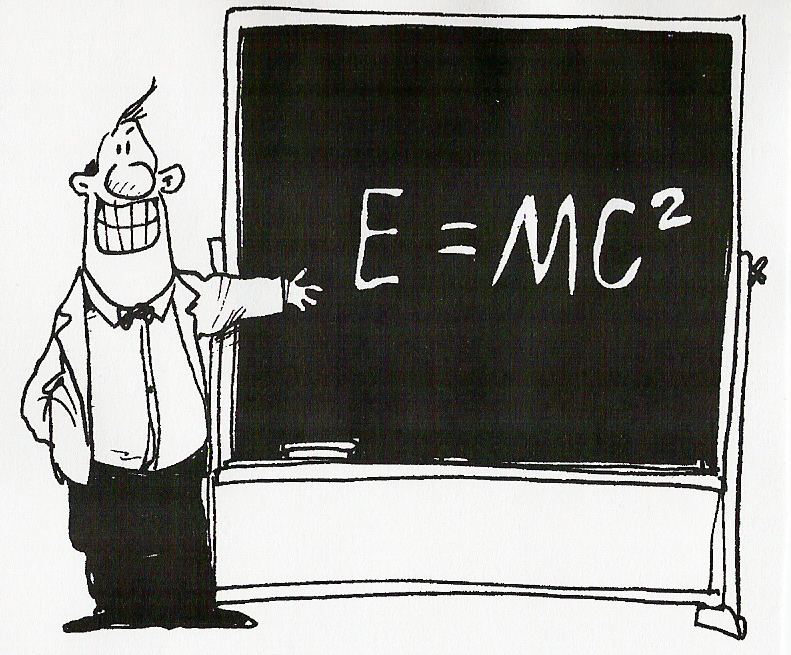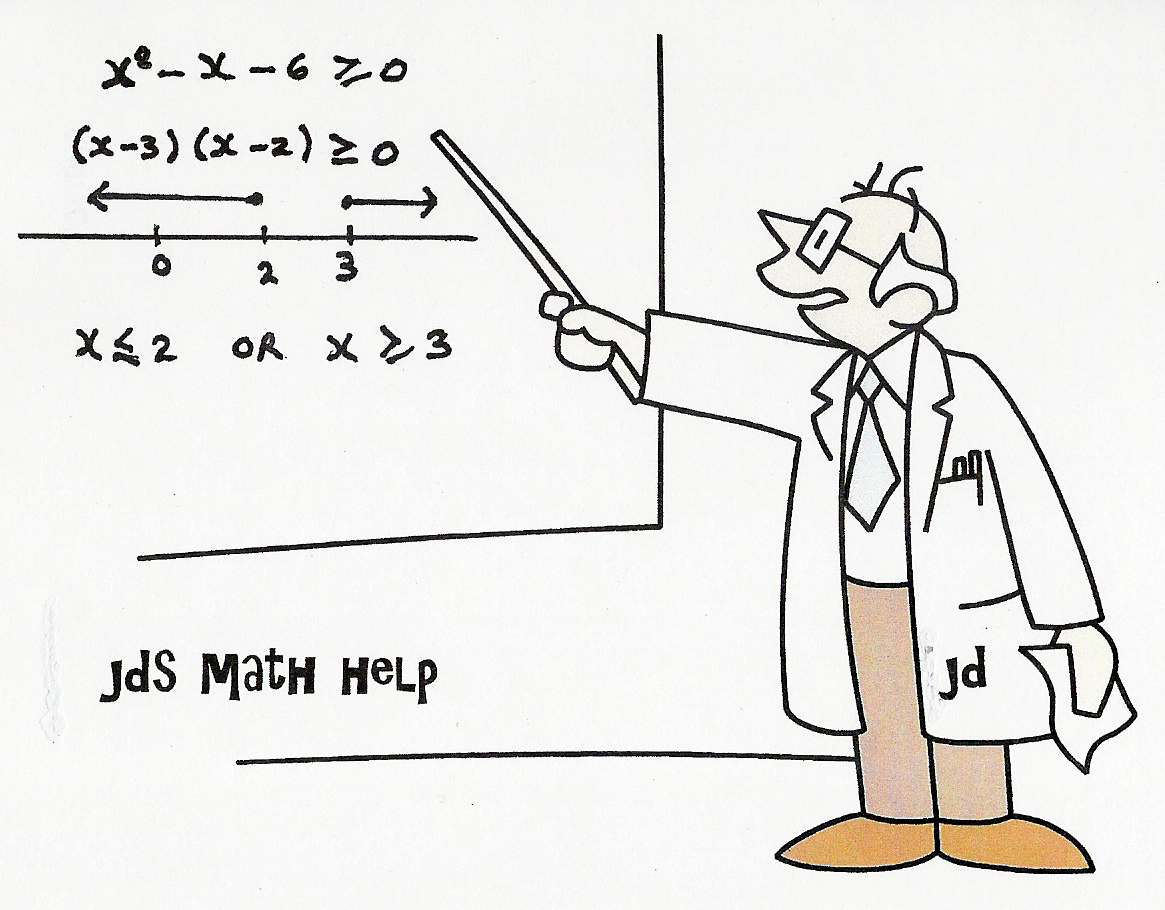|
|
|
|
|
||||||||
|
|
||||||||||||
LESSON
4:TRANSFORMATIONS HOMEWORK QUESTIONS

Quick Review:
![]()

|
x (radians) |
0 |
|
|
|
|
|
|
|
|
|
|
|
|
|
x (degrees) |
0 |
30 |
60 |
90 |
120 |
150 |
180 |
210 |
240 |
270 |
300 |
330 |
360 |
|
sin x (exact) |
0 |
|
|
1 |
|
|
0 |
|
|
-1 |
|
|
0 |
|
sin x (approx.) |
0 |
0.5 |
0.87 |
1 |
0.87 |
0.5 |
0 |
-0.5 |
-0.87 |
-1 |
-0.87 |
-0.5 |
0 |
![]()

|
x (radians) |
0 |
|
|
|
|
|
|
|
|
|
|
|
|
|
x (degrees) |
0 |
30 |
60 |
90 |
120 |
150 |
180 |
210 |
240 |
270 |
300 |
330 |
360 |
|
cos x (exact) |
1 |
|
|
0 |
|
|
-1 |
|
|
0 |
|
|
1 |
|
cos x (approx.) |
1 |
0.5 |
0.87 |
1 |
-0.5 |
-0.87 |
-1 |
-0.87 |
-0.5 |
0 |
0.5 |
0.87 |
1 |
![Text Box: In summary, to graph y = a sin [k(x – d)] + c from the graph of y = sin(x), follow these ideas:
· If a < 0, we have a reflection in the x-axis
· If k < 0, we have a reflection in the y-axis
· If | a | < 1, we have a vertical compression , factor | a |
· If | a | > 1, we have a vertical stretch, factor | a |
·
· If | k | < 1, we have a horizontal stretch, factor 1/k
· If | k | > 1, we have a horizontal compression, factor 1/k
· The value of d gives the horizontal translation (phase shift)
· The value of c gives the vertical translation (shift)](./transhw2_files/image072.gif)
Homework
questions cont’d: (Solutions below)
1. State the amplitude, period, phase shift,
domain and range for each of the following trigonometric functions. Draw the graph of at least
one
complete period for each.
![]()
![]()
![]()
![]()
2. The graph below shows a sine function of the form y = a sin k(x – d) + c. find the values of the parameters a,k, d, c.

3. The graph below shows a sine function of the
form y = a cos k(x
– d) + c. find the values
of the parameters a,k, d, c.

Solutions:
![]()
![]()
![]()
|
x0 |
0 |
90 |
180 |
270 |
360 |
|
y |
0 |
1 |
0 |
-1 |
0 |




![]()
![]()
![]()
![]()
|
x0 |
0 |
90 |
180 |
270 |
360 |
|
y |
0 |
1 |
0 |
-1 |
0 |




![]()
![]()
![]()
![]()
|
x0 |
0 |
90 |
180 |
270 |
360 |
|
y |
1 |
0 |
-1 |
0 |
1 |


In radians,
the points (see table at top of page) would be:
![]()

Amplitude: |a| = 2
![]()
![]()
Domain is
given as:
![]()
Range: The maximum
value of y is 3 and the minimum value is –1
![]()

![]()

|
x0 |
0 |
90 |
180 |
270 |
360 |
|
y |
0 |
1 |
0 |
-1 |
0 |

(x, y) -----------------------à (½ x + 22.50, 3y + 1)
Using the
points from the table above we get points for the transformed graph
(x, y) -----------------------------à (½ x + 22.50, 3y +1)
(0, 0) ------------------------à (22.50,
1)
(900,
1) ----------------------à (67.50, 4)
(1800,
0) ---------------------à (112.50, 1)
(2700
, -1) --------------------à (157.50, -2)
(3600,
0) ----------------------à (202.50, 1)
[red graph at
left]

In radians, the points (see table
at top of page) would be:

Amplitude: |a| =
3
![]()
![]()
Domain is given as:
![]()
Range: The maximum value of y is 4 and the
minimum value is – 2
![]()
2. The graph below shows a sine function of the form y = a sin k(x – d) + c. find the values of the parameters a,k, d, c.

Solution:


Recall
the basic sine curve starts at (0, 0).
If this point is shifted right 450 and down 1, we end up on
the given curve.
Hence d
= 450 and c = -1, yielding the equation:
![]()
3. The graph below shows a sine function of the
form y = a cos k(x
– d) + c. find the values
of the parameters a,k, d, c.

Solution:


Recall
the basic cosine curve starts at (0, 1).
If this point is shifted right 300 and up 0.5, we end up on
the given curve.
Hence d
= 300 and c = 0.5, yielding the equation:
![]()



